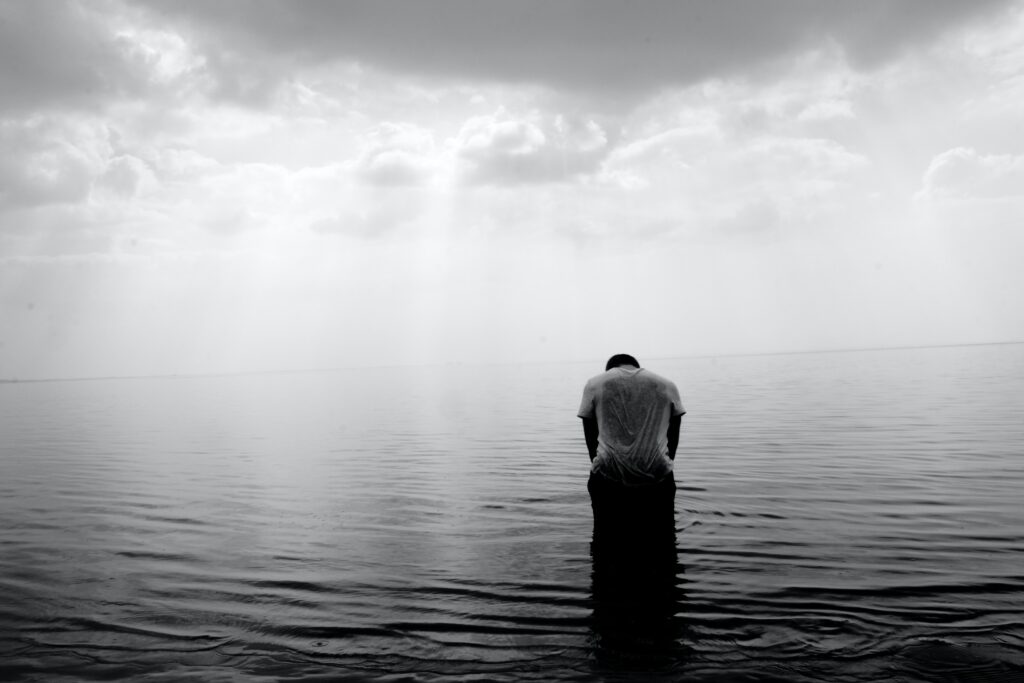
Part 1: Introduction | Part 2: Pictures | Part 3: More Pictures | Part 4: Even More Pictures | Part 5: Outcomes | Part 6: More Outcomes | Part 7: Even More Outcomes | Part 8: And More
There are several things that regularly—I’m tempted to say necessarily—accompany being in union with Christ. I don’t think it’s quite correct to call them consequences, because I think they have independent origins. But when you see someone in union with Christ, you will typically find these corollaries.
The first is the indwelling, and thus actively working, Holy Spirit. This indwelling comes to all believers, as Christ promised (Jn 14.17) and as Paul confirms (Ro 8.9). But I mention it here because John connects the indwelling with the union specifically:
Hereby know we that we dwell in him, and he in us, because he hath given us of his Spirit (1J 4.13).
The two seem to be necessarily collocated.
A second corollary is that believers grow, and specifically they grow together. If we are “in Christ,” and if Christ “is the head of the body, the church” (Co 1.18), then it makes sense that the parts of the body would work together and that the overall body would grow as a result. Paul writes,
That we … may grow up into him in all things, which is the head, even Christ: 16 From whom the whole body fitly joined together and compacted by that which every joint supplieth, according to the effectual working in the measure of every part, maketh increase of the body unto the edifying of itself in love (Ep 4.14-16).
18 Let no man beguile you … not holding the Head, from which all the body by joints and bands having nourishment ministered, and knit together, increaseth with the increase of God (Co 2.18-19).
Another corollary is protection in suffering. If we are in Christ, then when we suffer, Christ is the one being attacked. Now, God was protecting his people long before there was union with Christ; David frequently rejoices in his protection. But I find it interesting that when Saul is persecuting the early church, Christ himself confronts him on the road to Damascus and says, “Why are you persecuting me?” (Ac 9.4). This is personal.
One more.
Our friend John writes further in his first epistle,
And now, little children, abide in him; that, when he shall appear, we may have confidence, and not be ashamed before him at his coming (1J 2.28).
Now, our confidence at Christ’s coming comes from a number of factors, including justification, remission, adoption, and a whole long list of God’s works. But one thing is sure: those who are united with Christ spiritually can be confident that that union will eventuate in a deeper, more visible, and more fulfilling union in the end. It is no coincidence that Revelation includes a celebration of the marriage of the Lamb:
5 And a voice came out of the throne, saying, Praise our God, all ye his servants, and ye that fear him, both small and great. 6 And I heard as it were the voice of a great multitude, and as the voice of many waters, and as the voice of mighty thunderings, saying, Alleluia: for the Lord God omnipotent reigneth. 7 Let us be glad and rejoice, and give honour to him: for the marriage of the Lamb is come, and his wife hath made herself ready. 8 And to her was granted that she should be arrayed in fine linen, clean and white: for the fine linen is the righteousness of saints. 9 And he saith unto me, Write, Blessed are they which are called unto the marriage supper of the Lamb. … 11 And I saw heaven opened, and behold a white horse; and he that sat upon him was called Faithful and True, and in righteousness he doth judge and make war. 12 His eyes were as a flame of fire, and on his head were many crowns; and he had a name written, that no man knew, but he himself (Re 19.5-12).
This is where it’s all heading, folks. We have, with all these present blessings, merely a foretaste of glory divine.
Photo by Wylly Suhendra on Unsplash

